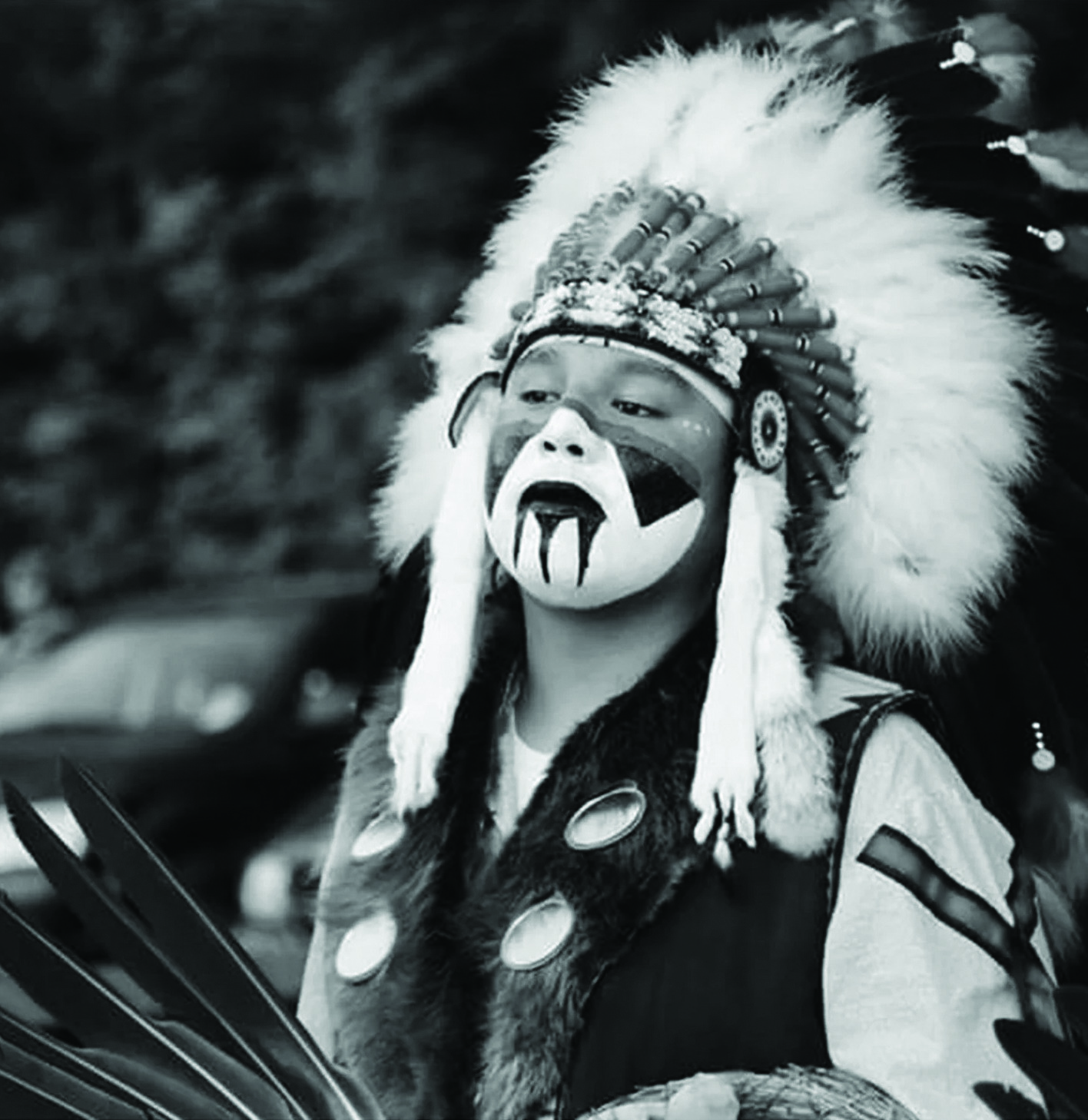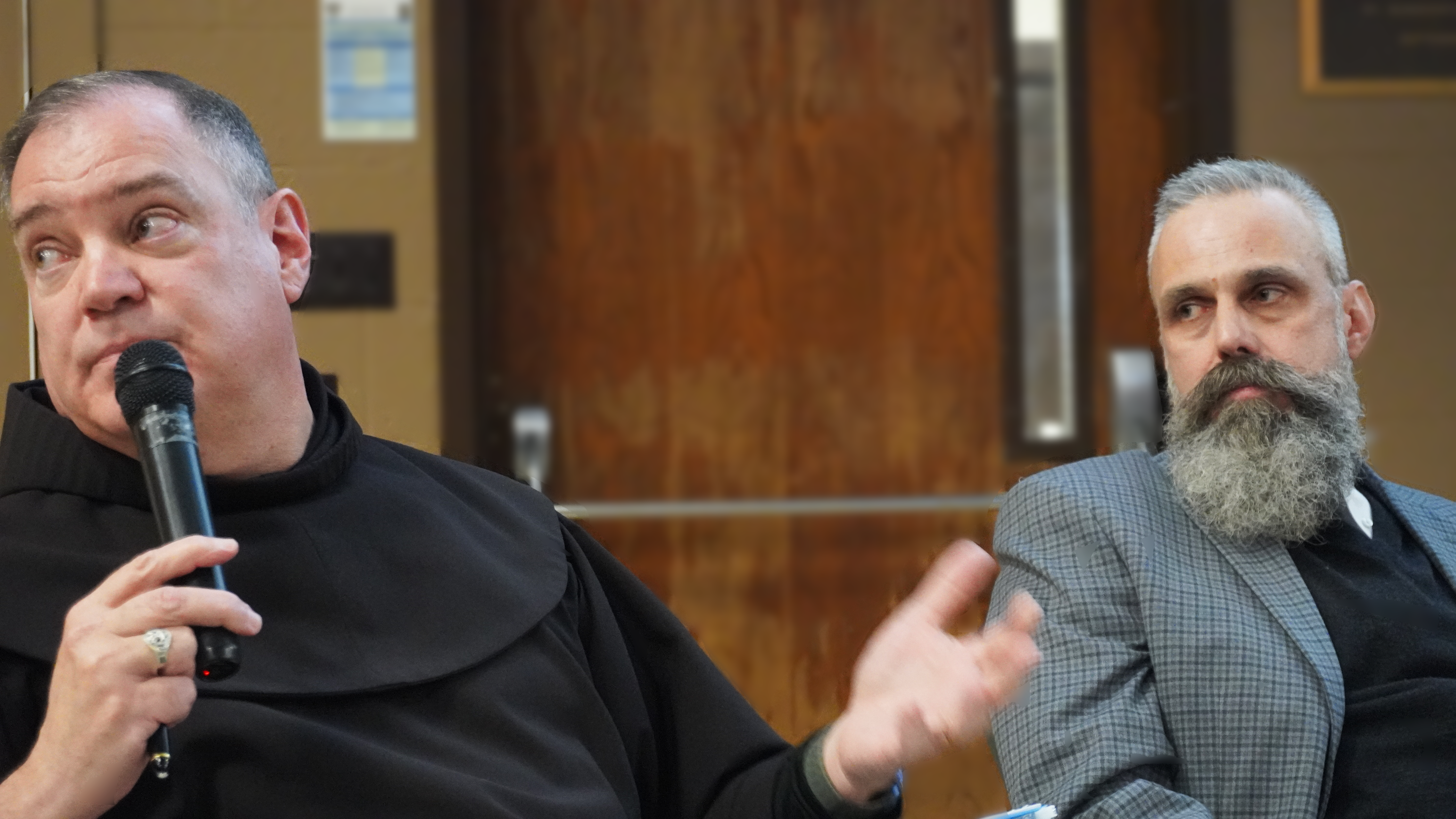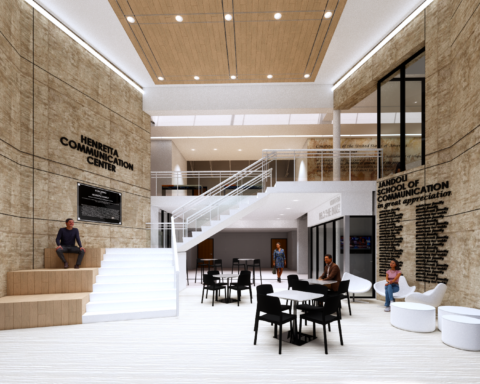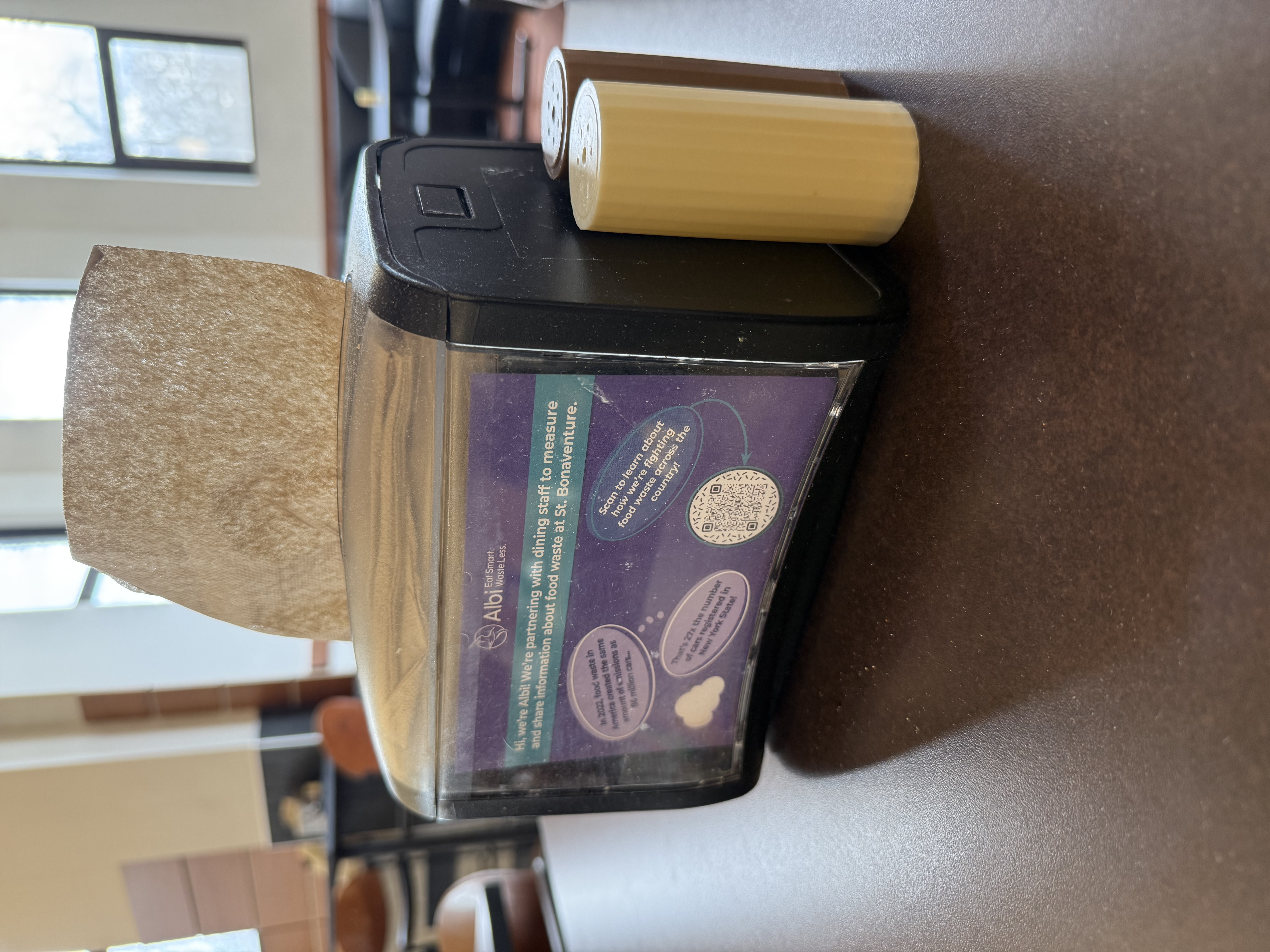A promotional photo from the Notice Board event poster
Photo courtesy of St. Bonaventure University
BY: TUCKER REILLY, ADVISORY EDITOR
The “Pow-Wow Dance Show,” hosted in the St. Bonaventure University’s Regina A. Quick Center for the Arts on Thursday, was just the most recent event in a long series of indigenous-focused programs at Bonaventure.
The event was planned by the university’s Native American and Indigenous Studies program. Oleg Bychkov, a professor of theology and director of the NAIS program, described the impetus behind the program’s founding.
“I’d been teaching a course called Native American Indigenous Mythology for years and I started getting Seneca students in it. They suggested that I include a section on Seneca Mythology,” said Bychkov. “We got together and I found out that quite a few faculty actually taught something related to Native American studies.”
Bychkov and several other professors put together a workshop and applied for grants in 2019. They incorporated representatives from the Seneca Nation to inform on Seneca culture and discuss steps moving forward with the university. One suggestion was to organize a minor in NAIS, which was accepted and announced in Oct. 2021.
Other plans included instructors incorporating topics related in Native American studies in general education courses. Members of the university and Seneca Nation discussed a land acknowledgement statement, as well as reinvigorating a relationship of “spiritual exchange” between the Nation and campus friars. After Jeff Gingerich became president of the university, Bychkov described the new leader as supportive of initiatives such as informational round tables and indigenous student gathering places.
“Through him [Gingerich], we actually had meetings at the highest level with Rick Armstrong, the president of the Seneca Nation, in addition to some friars and indigenous Bonaventure alumni,” said Bychkov.
Sara Droney, who teaches elementary-level Seneca at the university, described the importance of learning about a community that lies just a few miles away from Bonaventure.
“I think it’s important to have at least a basic knowledge of Seneca culture and history, which is fascinating,” said Droney. “I hope students are interested in that, because the culture is interesting and it’s right on our doorstep.”
One student in Bychkov’s classes was Justin Schapp, who now serves as the chief Equity and Diversity officer for the Salamanca city school district. He also teaches NAIS 101, an introductory class to indigenous studies, at Bonaventure.
Schapp acknowledged the importance of Bonaventure students learning about their neighboring community, while also emphasizing the universality of indigenous issues not exclusive to Seneca.
“I think it’s super important to have more Seneca specific courses but I also want to make sure that we pay attention to more generally applicable topics,” said Schapp. “That’s going to be most helpful for students, because the majority of students coming out of Bonaventure are not going to go and work in a Seneca field.”
Schapp elaborated on this approach, especially in relation to the university’s indigenous-focused courses.
“While studying Seneca in a specialized way is great within our community, understanding indigenous people’s perspectives throughout the Americas from a diversity standpoint is also highly important,” said Schapp. “I think Bonaventure is paying attention to that as well.”
While Thursday night’s event was not the first of its kind – featured performers “The Old Bridge Singers and Dancers” came to the university in 2019 – its return symbolized the growth of indigenous programs at Bonaventure. Bychkov described Thursday night’s event as a “Mini Pow-Wow,” with displays of song and dance from diverse geographic and thematic sources.
Schapp, whose brother is a member of the Old Bridge Singers and Dancers, is an unabashed fan of their performances.
“These guys have been around for a while and they’re one of the only big drum groups in the world,” said Schapp. “They have gone all over the world showcasing their talents and they are absolutely amazing at what they can do.”
For Droney, the event was an opportunity to mix classroom teaching with real-world application. Her entire Seneca language class attended the show.
“I think because some things are so new and different to the students that are taking my class, it’s really important that they get to actually see, hear and experience things,” said Droney. “I’ve encouraged them to visit the museum in Salamanca and we attended the Pow-Wow show so that they can hear music. We’ve spent this first semester getting familiar with Seneca culture and I’ve tried to incorporate language into every lesson that we’ve had.”
According to Schapp, expressions of indigenous culture are key to understanding the American landscape. For some students, these lessons can be left out of traditional education.
“If you live, play or enjoy your life in North or South America, that’s indigenous land: those are Native American lands,” said Schapp. “Knowing more about that concept is very important to the students that I teach. They often ask questions like, ‘Why didn’t I learn this earlier? Why am I learning this now?’”






